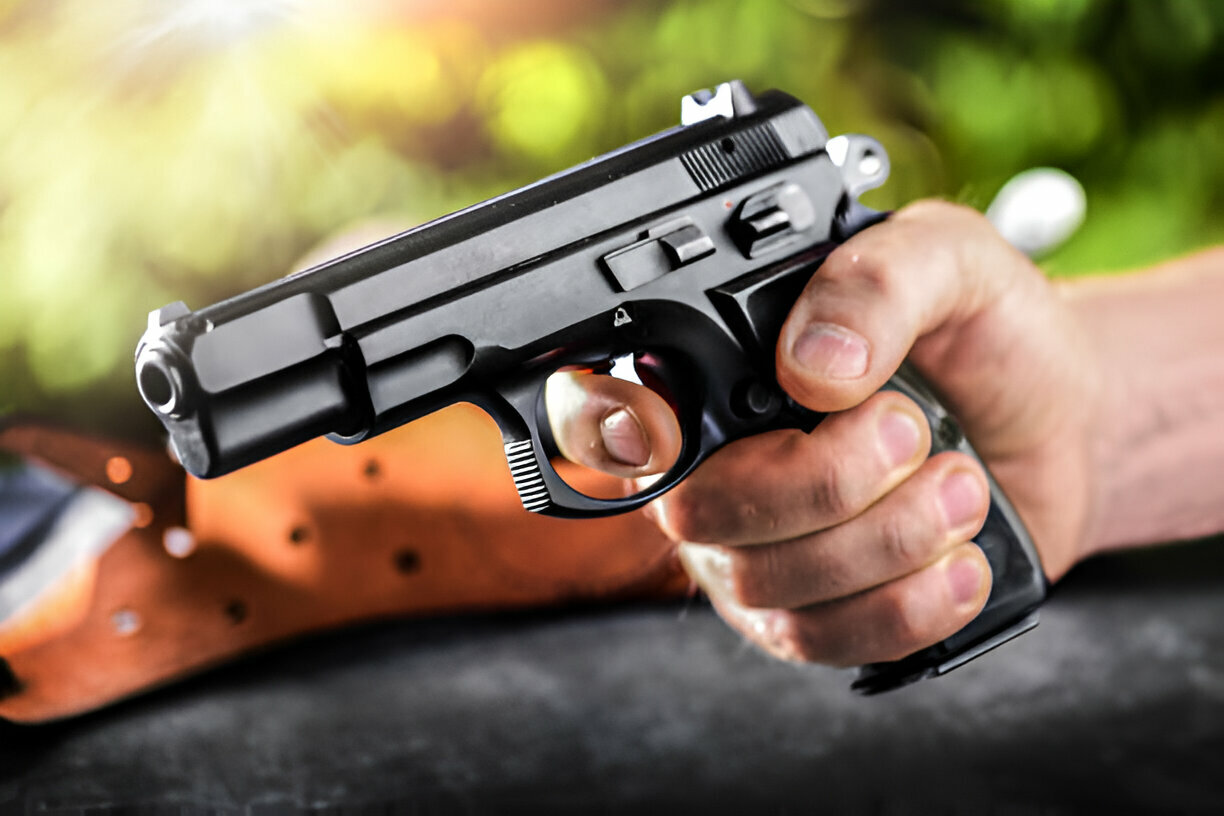Introduction
When it comes to personal safety, choosing a suitable handgun can be a critical decision. With so many options available on the market, it’s essential to thoroughly test and evaluate different models to find the one that best suits your needs. In this comprehensive guide, we’ll walk you through testing and selecting a handgun for personal safety, ensuring you make an informed choice that provides the required protection.
The Importance of Selecting the Right Handgun
Choosing a suitable handgun for personal safety ensures protection and peace of mind. A Superior quality handguns can give you the confidence to face potential threats and the ability to defend yourself in high-stress situations effectively. However, selecting the wrong handgun can lead to a false sense of security, increased risk of accidents, and legal complications. By following a thorough testing and selection process, you can ensure that you choose a handgun that meets your specific needs and provides the level of protection you require.
1. Determining Your Needs
The first step in selecting a handgun for personal safety is assessing your requirements. Consider your lifestyle, daily routines, and potential environmental threats. Are you looking for a firearm for home defense, concealed carry, or both? Do you prefer a larger, more powerful handgun or a smaller, more compact option? Answering these questions will help you narrow down your choices and focus on the features that are most important to you.
2. Evaluating Caliber Options
The caliber of a handgun, which refers to the diameter of the bullet it fires, plays a crucial role in determining factors such as recoil, stopping power, and ammunition availability. Some of the most popular calibers for personal safety include 9mm, .380 ACP, .40 S&W, and .45 ACP. Each caliber has advantages and disadvantages, so it’s essential to research and compare them to find the one that best suits your needs and skill level.
3. Handling and Ergonomics
Comfort and control are essential when it comes to personal safety handguns. The ergonomics and fit of the firearm can significantly impact your ability to use it effectively in a high-stress situation. Take the time to handle different models and find one that feels natural and comfortable in your hand. Pay attention to features like grip texture, magazine capacity, and trigger reach, as these can significantly affect your overall shooting experience.
4. Reliability and Durability
In a personal safety scenario, you need a handgun that you can trust to function reliably, even under the most demanding conditions. Research the reputation and performance history of the firearms you’re considering, and look for models with a proven track record of reliability. Additionally, consider the gun’s durability, as you’ll want a handgun that can withstand regular use and potential exposure to harsh environments.
5. Accuracy and Precision
Accuracy and precision are critical factors when it comes to personal safety handguns. You’ll want a firearm that consistently places shots on target, even under stress. Test the handguns you’re considering at the range, focusing on factors like sight alignment, trigger pull, and recoil management. Seek models that offer high-visibility sights and a smooth, consistent trigger pull to enhance your accuracy.
6. Safety Features
When selecting a handgun for personal safety, it’s essential to prioritize safety features that can help prevent accidental discharge or unauthorized use. Look for models with manual external safeties, trigger safety mechanisms, and secure magazine releases. Additionally, consider the availability of holsters and other accessories that can enhance the overall safety and handling of the firearm.
7. Maintenance and Cleaning
Proper maintenance and cleaning are crucial for ensuring your safety and your handgun’s long-term reliability and performance. Research the recommended cleaning and maintenance procedures for the models you’re considering, and ensure you’re comfortable with the required level of care. Familiarize yourself with the disassembly and reassembly process and any specialized tools or cleaning supplies needed.
8. Legal Compliance and Training
Before purchasing a handgun for personal safety, you must familiarize yourself with your area’s relevant laws and regulations. Ensure you comply with all local and state firearm ownership, possession, and concealed carry requirements. Additionally, seek professional firearms training to develop the necessary skills and knowledge to use your handgun safely and effectively in a personal safety scenario.
9. Selecting a Reputable Firearms Dealer
When purchasing a handgun for personal safety, choosing a trustworthy firearms dealer is crucial. Look for dealers with a strong reputation, knowledgeable staff, and a commitment to safety and compliance. A good dealer can provide valuable guidance, ensure proper paperwork and thorough background checks, and offer resources for training and maintenance. These checks are not just a formality but a legal requirement and a crucial step in ensuring the safety of the buyer and the community. Take the time to research and visit several dealers to find the one that best meets your needs and provides a positive buying experience.
10. Ammunition Selection
When selecting a handgun for personal safety, it is essential to choose the correct ammunition to match your firearm. Consider bullet weight, velocity, and penetration when choosing your ammunition. Hollow-point or expanding bullets are often recommended for personal defense, as they can provide better stopping power and reduce the risk of over-penetration. Test different ammunition types at the range to ensure reliable function and accuracy with your chosen handgun.
11. Concealed Carry Considerations
If you plan to carry your handgun for personal safety, you’ll need to consider the specific requirements and challenges of concealed carry. Look for compact or subcompact models that are easy to hide, and ensure that you have the appropriate holster and carry method that allows quick and safe access to your firearm. Practice drawing and handling your handgun while wearing the clothing and accessories you’ll use for concealed carry.
Conclusion
Selecting a handgun for personal safety is a significant responsibility that requires careful consideration and thorough testing. When purchasing your handgun, choose a reputable online gun store to guide you through the process and ensure compliance with all relevant laws and regulations.
By following the steps outlined in this guide, you’ll be well-prepared to choose a firearm that provides the protection you need while ensuring your own and the safety of those around you. Remember, owning a handgun for personal safety is just the beginning—ongoing training, practice, and responsible ownership are essential for maintaining proficiency and confidence in its use.



